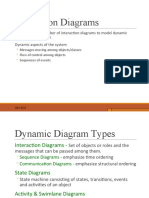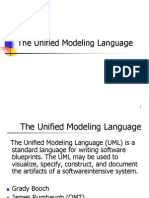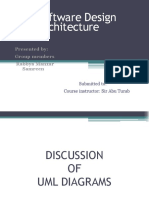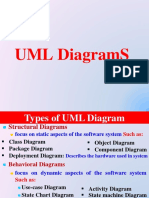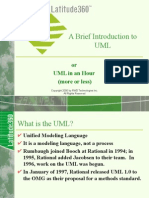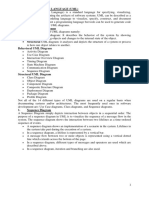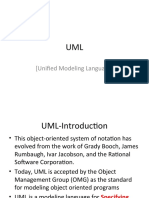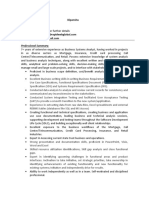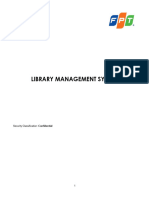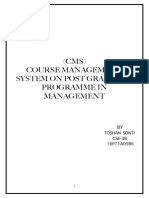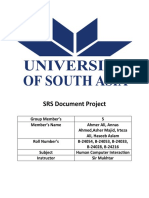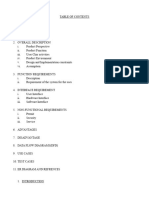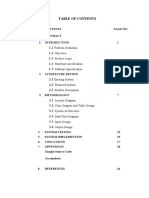0% found this document useful (0 votes)
3 views39 pagesLesson-5 InteractionDiagram
The document discusses Object Oriented Analysis and Design using UML, focusing on modeling system behavior through interaction diagrams, specifically sequence and communication diagrams. It highlights the differences between these diagrams, their uses, and the importance of activity and state chart diagrams in representing processes and behaviors. Key concepts such as lifelines, messages, control logic, and swimlanes are also covered to illustrate how objects interact and manage states within a system.
Uploaded by
samuelismael4Copyright
© © All Rights Reserved
We take content rights seriously. If you suspect this is your content, claim it here.
Available Formats
Download as PDF, TXT or read online on Scribd
0% found this document useful (0 votes)
3 views39 pagesLesson-5 InteractionDiagram
The document discusses Object Oriented Analysis and Design using UML, focusing on modeling system behavior through interaction diagrams, specifically sequence and communication diagrams. It highlights the differences between these diagrams, their uses, and the importance of activity and state chart diagrams in representing processes and behaviors. Key concepts such as lifelines, messages, control logic, and swimlanes are also covered to illustrate how objects interact and manage states within a system.
Uploaded by
samuelismael4Copyright
© © All Rights Reserved
We take content rights seriously. If you suspect this is your content, claim it here.
Available Formats
Download as PDF, TXT or read online on Scribd
/ 39

